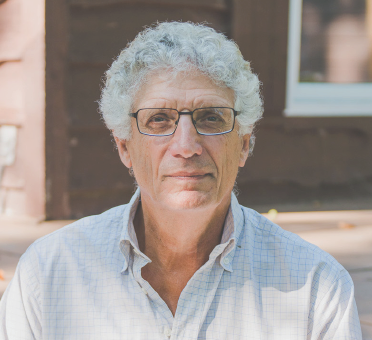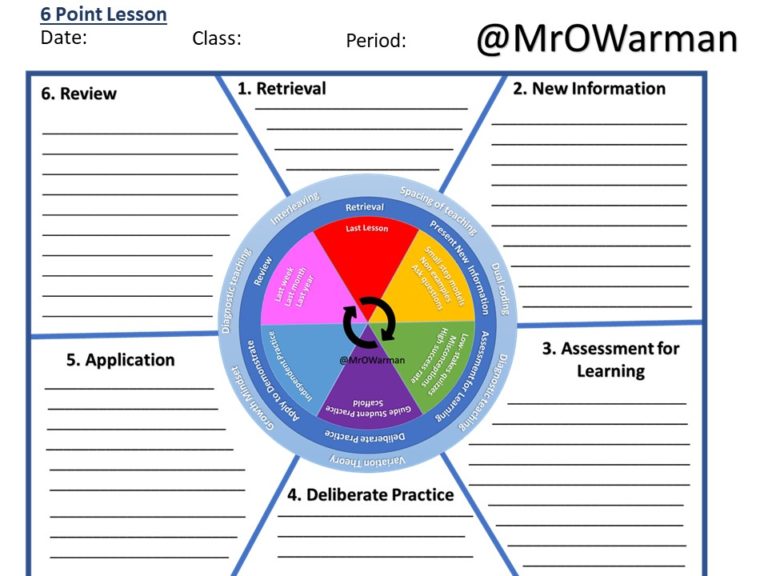-
ABOUT THE AUTHOR
Andrew Watson
Andrew began his classroom life as a high-school English teacher in 1988, and has been working in or near schools ever since. In 2008, Andrew began exploring the practical application of psychology and neuroscience in his classroom. In 2011, he earned his M. Ed. from the “Mind, Brain, Education” program at Harvard University. As President of “Translate the Brain,” Andrew now works with teachers, students, administrators, and parents to make learning easier and teaching more effective. He has presented at schools and workshops across the country; he also serves as an adviser to several organizations, including “The People’s Science.” Andrew is the author of "Learning Begins: The Science of Working Memory and Attention for the Classroom Teacher."
Tags
ADHD adolescence attention autism book review boundary conditions classroom advice conference speakers constructivism/direct instruction creativity desirable difficulty development dual coding elementary school embodied cognition emotion evolution exercise experts and novices gender high school homework intelligence long-term memory math methodology middle school mind-wandering mindfulness Mindset motivation neuromyths neuroscience online learning parents psychology reading retrieval practice self-control skepticism sleep STEM stress technology working memoryRecent Comments
- Goals, Failure, and Emotions: a Conceptual Framework |Education & Teacher Conferences on “Learning from Mistakes” vs. “Learning from Explanations”
- From Destruction to Rebuilding: Hope in Science’s Down Cycle on When Analogies Go Wrong: The Benefits of Stress?
- Dual Coding: Boosting Learning Through Words and Images – White Dragon of East County on Visual & Verbal: Welcome to “Dual Coding”
- "All People Learn the Same Way": Exploring a Debate |Education & Teacher Conferences on The Goldilocks Map by Andrew Watson
- URL on Difference Maker: Enacting Systems Theory in Biology Teaching, by Christian...
ABOUT THE BLOG

Have I Been Spectacularly Wrong for Years? New Research on...
Long-timer readers know my weakness. I’m usually an easy-going guy. But if you want to…

Meet the Keynotes: Stuart Shanker
What’s the difference between self-control and self-regulation? Dr. Stuart Shanker has written and thought about…

Meet the Keynotes: Chloé Valdary
“The Theory of Enchantment is a social-emotional learning program that teaches individuals how to develop…

“Rich” or “Bland”: Which Diagrams Helps Students Learn Deeply?
Colorful diagrams might raise students’ interest. What do those diagrams do for their learning? Continue reading

Meet the Keynotes: Mary Helen Immordino-Yang
If you’re as excited for our November conference as I am, you might want to…

“If I Want My Students to Learn Math, Should I...
We all agree, I suspect, that students should learn math. And reading. They should learn…

How Psychologists and Teachers Can Talk about Research Most Wisely
Dr. Neil Lewis thinks a lot about science communication: in fact, his appointment at Cornell is…

“Before You Change Your Teaching, Change Your Thinking”
When I attended my first Learning and the Brain conference, more than a decade ago,…

“Successive Relearning”: 1 + 1 = +10%
We know that “retrieval practice” helps students learn. We know that “spacing” does too. What happens when we combine those techniques? Continue reading

The Benefits of “Testing” Depend on the DEFINITION of “Testing.”...
Should we test our students or not? Researchers can answer that question only by defining “test” very precisely. Happily, we’ve got research on one kind of PRE-test that just might help students learn and understand. Continue reading

